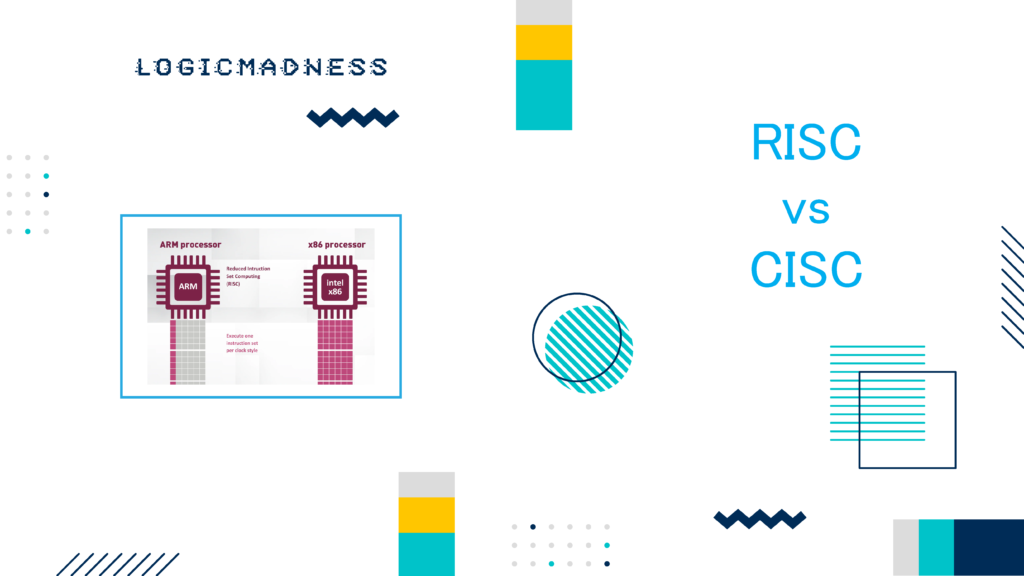VLSI design flow is a systematic process used by engineers to design integrated circuits (ICs). It is a step-by-step methodology that ensures the efficient development of ICs. This flow helps guide designers from the concept stage through to the final product, ensuring that every aspect of the design is well-planned and executed.
The VLSI design flow typically includes several stages such as:
- Specification
- Design Entry
- Synthesis
- Verification
- Layout
- Fabrication
Each stage of this flow contributes to transforming a high-level concept into a fully functional, physical chip. The primary goal is to reduce the design cycle time while ensuring high quality, reliability, and performance of the final product.
Why is VLSI Design Flow Important?
The VLSI design flow plays an essential role in ensuring the smooth execution of the design process. Here’s why it is so important:
- Consistency and Efficiency
Following a clear design flow minimizes errors and inconsistencies, helping to produce reliable and consistent results. - Better Collaboration
With a standardized design flow, team members can easily collaborate, ensuring everyone understands each other’s work and can address problems promptly. - Optimization of Parameters
The flow allows for the optimization of several critical parameters such as performance, area, power consumption, and timing, ensuring the chip meets all the desired specifications.
Key Steps in the VLSI Design Flow
VLSI design involves multiple stages, each with its unique tasks. Let’s break down the main steps in the VLSI design flow:
| Stage | Description | Goal |
| 1. Specification | Define the chip’s purpose, functionality, performance goals, and constraints. | Clarify the objectives and requirements for the design. |
| 2. Design Entry | Create an initial design using hardware description languages (HDLs). | Convert specifications into an abstract design model. |
| 3. Synthesis | Convert the HDL design into a gate-level representation using synthesis tools. | Optimize design for performance, area, and power. |
| 4. Verification | Check that the design works as expected using simulations and analysis. | Ensure the design meets functional and performance targets. |
| 5. Layout | Create the physical design of the chip, placing and routing components. | Design the chip’s physical structure for manufacturability. |
| 6. Fabrication | Send the design to a semiconductor foundry for actual chip production. | Produce the physical IC based on the layout. |
Types of VLSI Design Flow
There are two main types of VLSI design flow: Top-Down Design Flow and Bottom-Up Design Flow.
1. Top-Down Design Flow
In this approach, designers begin with a high-level overview of the system and break it down into smaller components or modules. The design process moves from abstract to detailed, focusing on system-level behavior initially before refining each part of the design. This method is ideal when system-level decisions need to be made early in the design process.
2. Bottom-Up Design Flow
The bottom-up approach starts with designing the smallest components first. Designers build the IC step by step, starting from individual blocks or modules and gradually combining them to form a complete system. This approach allows for greater flexibility and is particularly useful for designs that involve a large number of pre-existing modules.
Challenges in VLSI Design Flow
Although VLSI design flow offers significant benefits, it also comes with its own set of challenges:
- Increasing Complexity
VLSI designs are becoming more complex as chips integrate millions of transistors. Managing this complexity requires advanced tools and techniques. - Time-to-Market Pressure
The rapid pace of technological advancement forces companies to shorten the time-to-market. Designers need to optimize each stage of the design flow without compromising on quality. - Power Management
Power consumption is a critical issue, especially for mobile and portable devices. The design flow must account for power optimization to meet performance needs while reducing energy use. - Adapting to Technology Scaling
As semiconductor technology advances, new design challenges arise, such as adapting to smaller manufacturing processes and new material technologies.
Future Trends in VLSI Design Flow
The future of VLSI design flow is shaped by emerging technologies and evolving industry needs. Some of the key trends include:
- System-Level Design
As designs grow more complex, system-level design methodologies are becoming more critical. These approaches help designers explore architectural options and optimize the system as a whole before diving into the detailed design. - Design Automation
As VLSI designs become more intricate, automation tools will play an increasingly important role. These tools help streamline the process and reduce human error, boosting productivity and design accuracy. - Heterogeneous Integration
Combining different technologies and materials on a single chip (heterogeneous integration) is a growing trend. Design flows need to accommodate the unique challenges this integration presents, such as managing heat and interconnects. - Emerging Technologies
New fields such as quantum computing, neuromorphic engineering, and bio-inspired design are pushing the boundaries of traditional VLSI design flow. These innovations require novel approaches and methodologies for efficient implementation.
Conclusion
VLSI design flow is a crucial aspect of the chip design process. It provides a systematic approach to developing complex integrated circuits efficiently and effectively. By following a well-defined design flow, engineers can reduce errors, improve collaboration, and ensure that the final product meets the desired specifications. As the semiconductor industry evolves, the VLSI design flow will continue to adapt, embracing new technologies and methodologies to meet future challenges.
To stay updated on VLSI design trends and gain more insights into this exciting field, subscribe to our newsletter and become part of the growing VLSI community!

